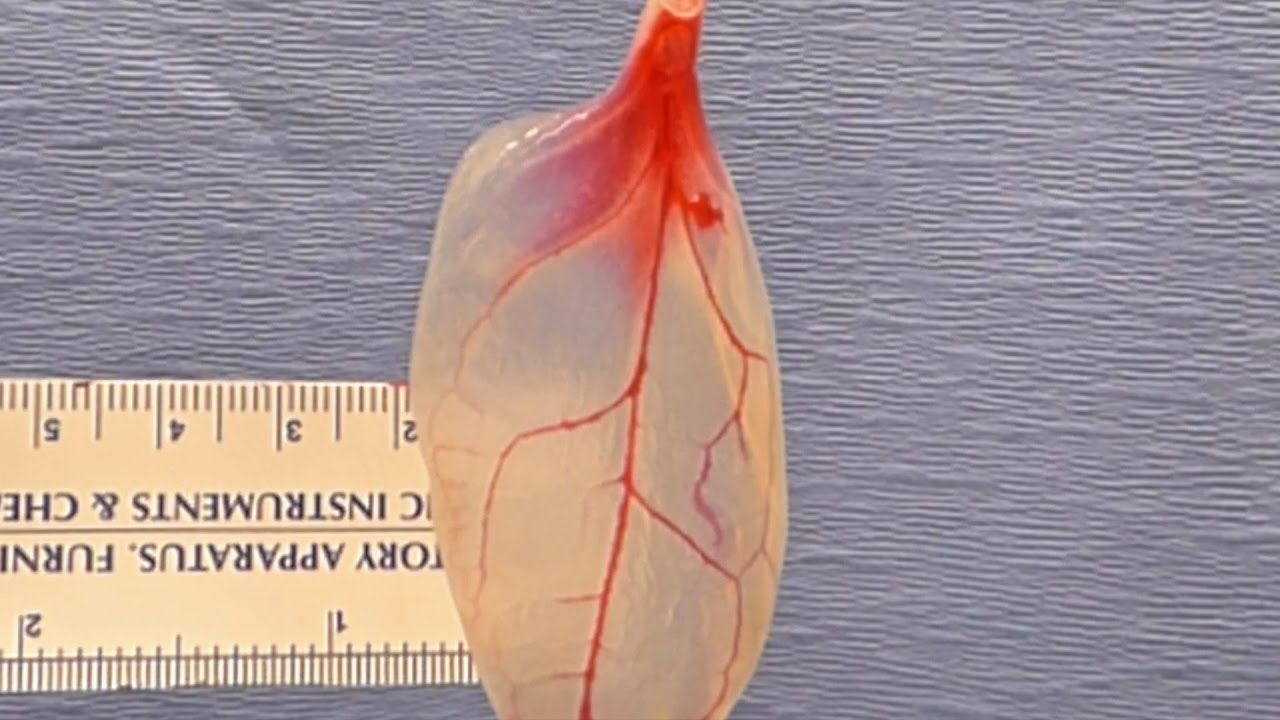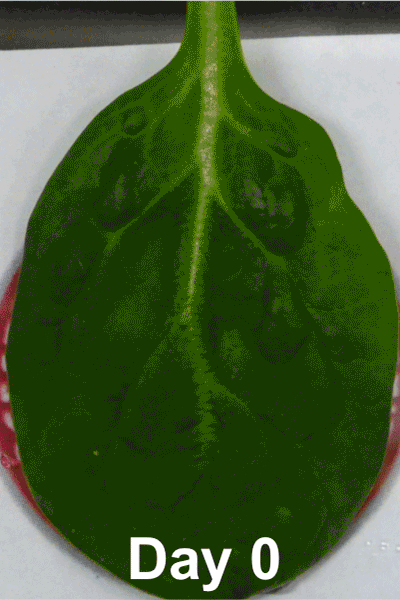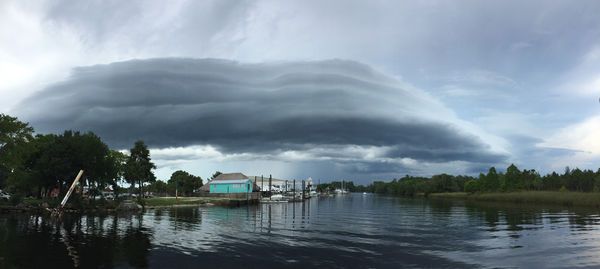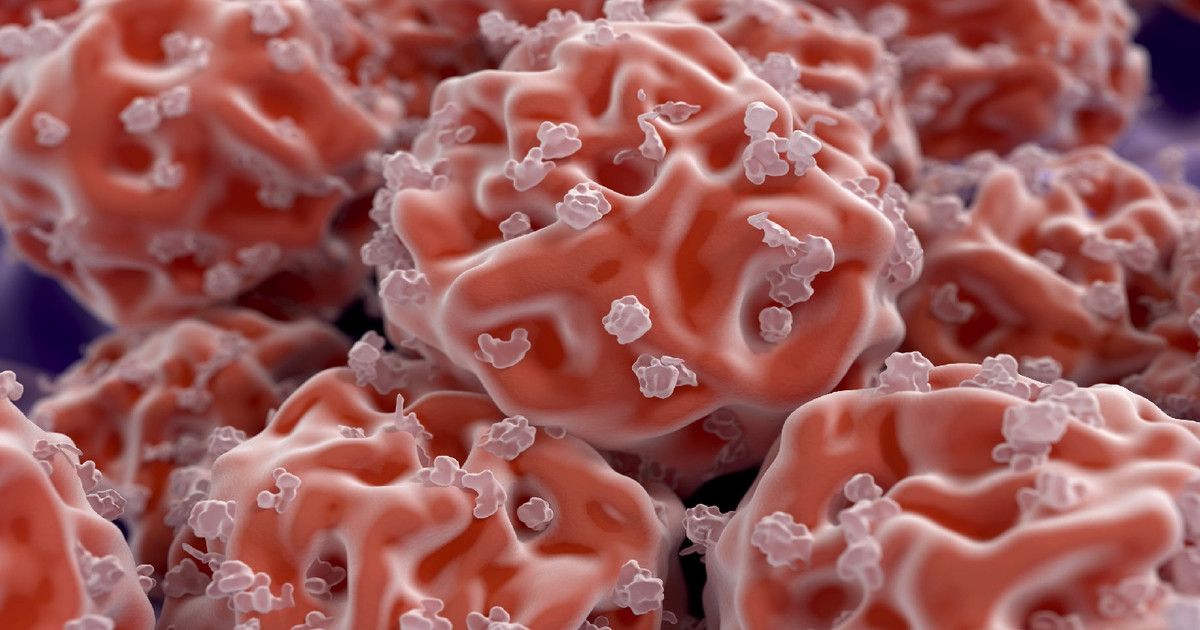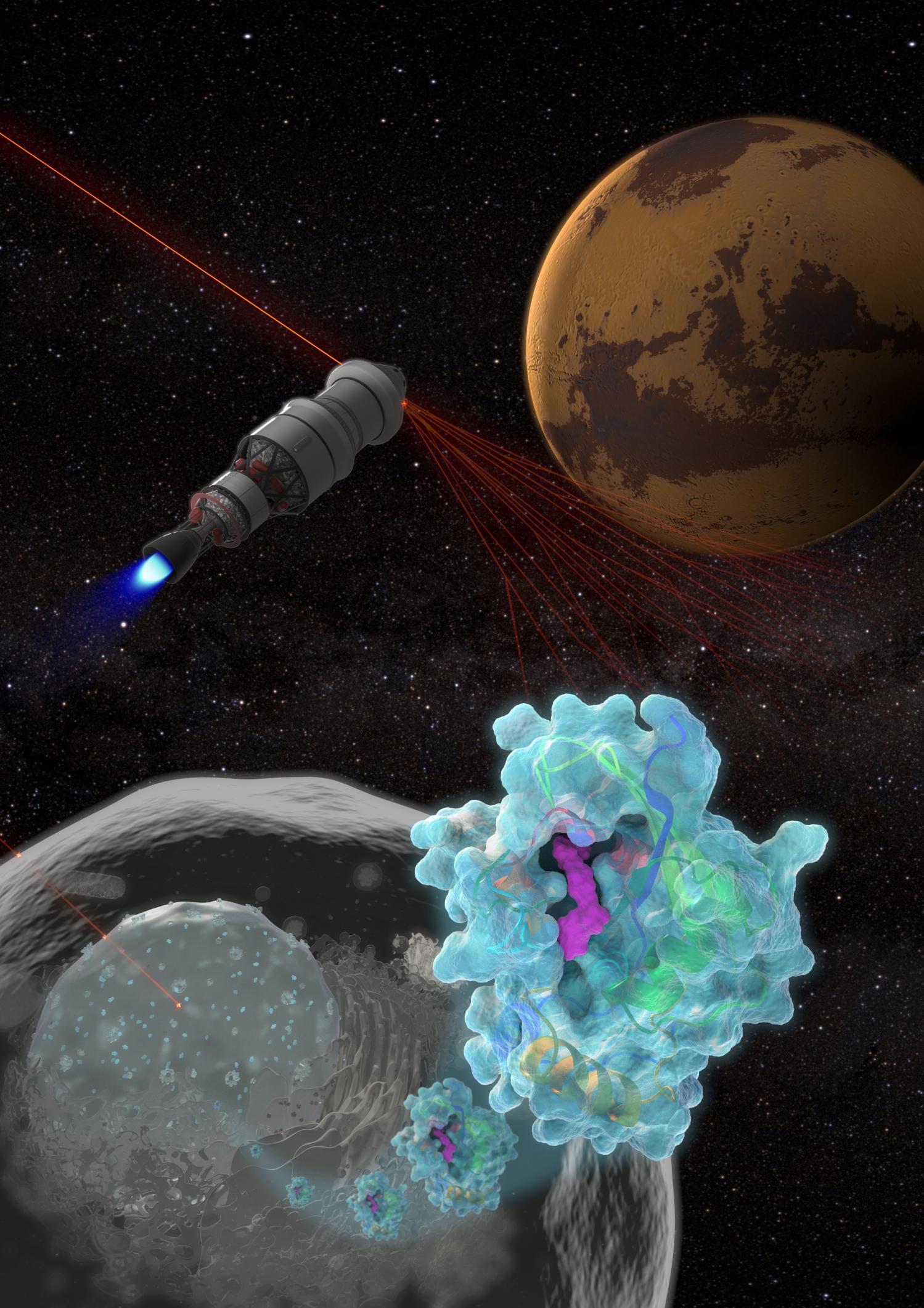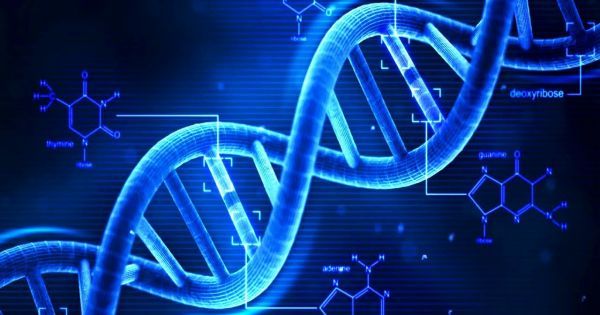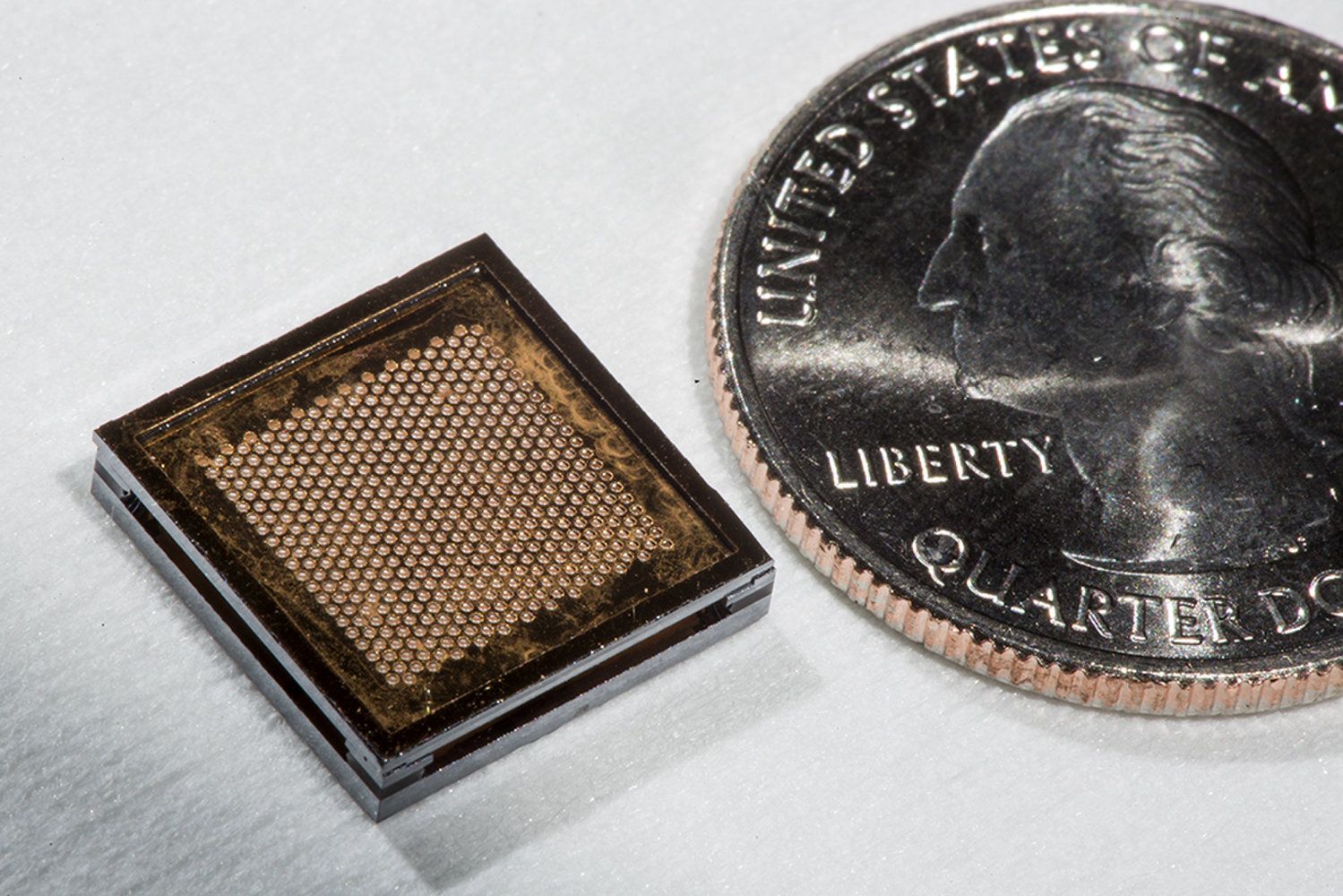
CAMBRIDGE, Mass. — A new propulsion engine with dime-size thrusters could be used to propel a host of spacecraft, from small satellites to crewed ships designed for interplanetary exploration.
The new propulsion engine, called Tile, could serve as an efficient and lightweight way to keep constellations of small satellites in orbit. Spaceflight companies — including OneWeb, Boeing and SpaceX — want to launch hundreds of thousands of these small satellites to provide broadband internet to everyone around the globe. And because several Tiles can be connected to produce more power, the engine has the potential to propel astronauts to Mars, according to Accion Systems, the company that designed Tile.
“Our technology starts on a nanometer scale, and then we can array that and scale that up to serve satellites,” said Natalya Bailey, CEO of Accion Systems. Bailey described the propulsion engine to an audience here at the New Space Age Conference at the Massachusetts Institute of Technology’s (MIT) Sloan School of Management on March 11. [Superfast Spacecraft Propulsion Concepts (Images)].
Continue reading “Dime-Size Thrusters Could Propel Satellites, Spacecraft” »
